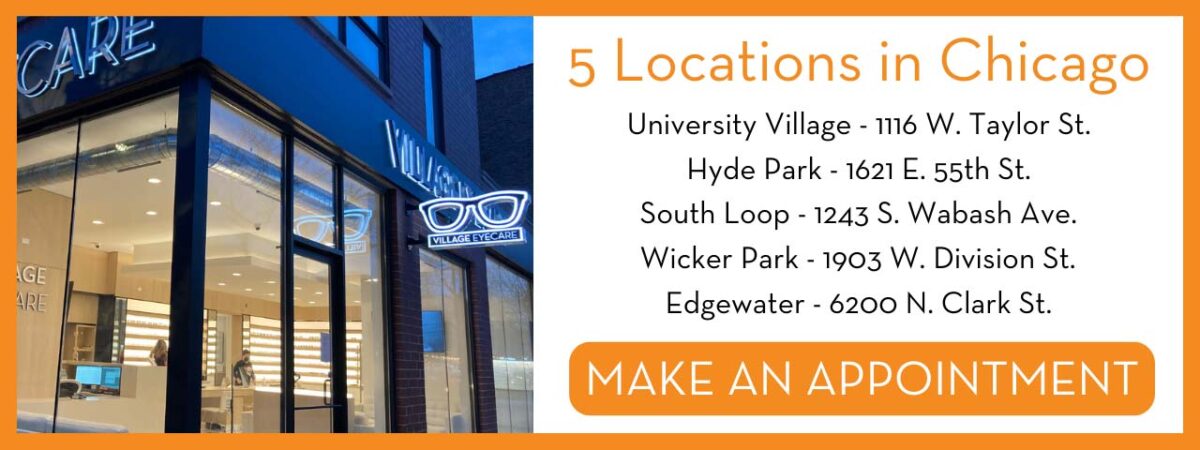Recognizing the Different Vision Correction Procedures Available for Clearer View
In the realm of vision improvement treatments, a plethora of choices exist to address refractive mistakes and offer people with clearer view. From the widely acknowledged LASIK surgery to less invasive procedures like PRK and implantable lenses, the field of ophthalmology provides a series of techniques customized to fit various requirements and preferences. Each procedure features its very own set of factors to consider, advantages, and prospective threats. Recognizing the nuances of these vision improvement techniques is vital for making notified decisions about one's aesthetic health. Allow's explore the details of these treatments and clarified the path to attaining boosted vision clearness.
LASIK Surgical Procedure
LASIK surgical procedure is an usual refractive procedure made use of to fix vision problems such as nearsightedness, astigmatism, and farsightedness. This surgical strategy, which stands for Laser-Assisted in Situ Keratomileusis, aims to reshape the cornea to improve exactly how light is focused on the retina, inevitably enhancing vision clarity.
Among the primary benefits of LASIK surgical treatment is the quick improvement in vision experienced by people. Several people observe a substantial improvement in their vision instantly after the treatment. Furthermore, most people report very little pain and pain throughout the surgical procedure and recuperation duration. The healing time for LASIK is relatively quick, with several people returning to their day-to-day tasks within a day or 2 post-operation. Generally, LASIK surgery is a prominent selection for individuals looking for a long-term remedy for their vision troubles.
PRK Procedure

PRK is a suitable alternative for individuals with thin corneas or those at a greater threat of eye injuries, as it does not entail creating a corneal flap. The recovery procedure for PRK is slightly longer compared to LASIK, as the epithelium requires time to regenerate. Clients may experience discomfort and fuzzy vision for a couple of days complying with the treatment.
Despite the longer healing time, PRK can generate outstanding lead to vision renovation, making it an important alternative for those who might not be appropriate candidates for LASIK surgery. - Cardiologist Andalusia
Implantable Lenses
Unlike PRK where the cornea is improved directly, implantable lenses supply an additional technique for fixing vision by placing artificial lenses inside the eye. This procedure is especially useful for individuals with high degrees of farsightedness, astigmatism, or nearsightedness who may not be ideal candidates for laser surgical treatments like LASIK or PRK.
Implantable lenses, additionally called phakic intraocular lenses, work by supplementing the eye's natural lens with a synthetic one. These lenses can be positioned before the all-natural lens (anterior chamber) or behind the iris and in front of the all-natural lens (posterior chamber) By adjusting the power and positioning of these lenses, eye doctors can efficiently fix refractive errors and boost aesthetic acuity.
One benefit of implantable lenses is that they are exchangeable and removable, giving versatility for future changes. Nonetheless, just like any kind of surgery, there are threats entailed, such as infection or cataract formation. Patients considering implantable lenses must talk to an eye care specialist to web link identify one of the most appropriate option based upon their private demands and eye wellness.
Corneal Rings

The procedure for placing corneal rings is minimally intrusive and reasonably fast, commonly carried out as an outpatient procedure. Throughout the surgical procedure, the eye doctor makes a small incision in the cornea and inserts the rings at a specific deepness. When in area, the rings aid to improve the cornea, providing a smoother surface for light to get in the eye, which can lead to more clear vision.
Corneal rings are taken into consideration a relatively easy to fix treatment, as they can be eliminated or replaced if essential. While they may not totally remove the demand for glasses or contact lenses, corneal rings can dramatically boost vision high quality and general aesthetic convenience for individuals with keratoconus or other corneal irregularities.
Refractive Lens Exchange
Adhering to the adjustment of corneal irregularities with procedures like corneal rings, an additional vision adjustment method that can attend to refractive errors is Refractive Lens Exchange (RLE) RLE is a surgery that includes replacing the eye's natural lens with a synthetic intraocular lens (IOL) to correct refractive errors such as nearsightedness, farsightedness, and presbyopia. This treatment is especially useful for people internet that may not appropriate prospects for procedures like LASIK or PRK because of factors such as slim corneas or high refractive mistakes.
RLE belongs to cataract surgical procedure, as both include removing the eye's natural lens; nonetheless, in RLE, the lens is clear, not cloudy as in cataracts. The synthetic lens dental implanted during RLE can be personalized to deal with the person's certain refractive mistake, offering clear vision at different ranges. Healing time for RLE is fairly quick, and clients can anticipate better vision soon after the procedure. Similar to any type of operation, prospective risks and problems exist, so a detailed consultation with an eye treatment expert is essential to establish if RLE is the right vision adjustment alternative.
Conclusion

In the realm of vision adjustment procedures, a plethora Our site of options exist to attend to refractive mistakes and offer individuals with more clear sight.LASIK surgery is a typical refractive treatment used to correct vision issues such as astigmatism, farsightedness, and nearsightedness.While also a typical refractive treatment, the PRK (Photorefractive Keratectomy) method differs from LASIK surgery in its approach to remedying vision issues.Complying with the adjustment of corneal abnormalities with procedures like corneal rings, another vision adjustment method that can deal with refractive errors is Refractive Lens Exchange (RLE) LASIK surgical treatment, PRK procedure, implantable lenses, corneal rings, and refractive lens exchange are all choices that can attend to different vision concerns.